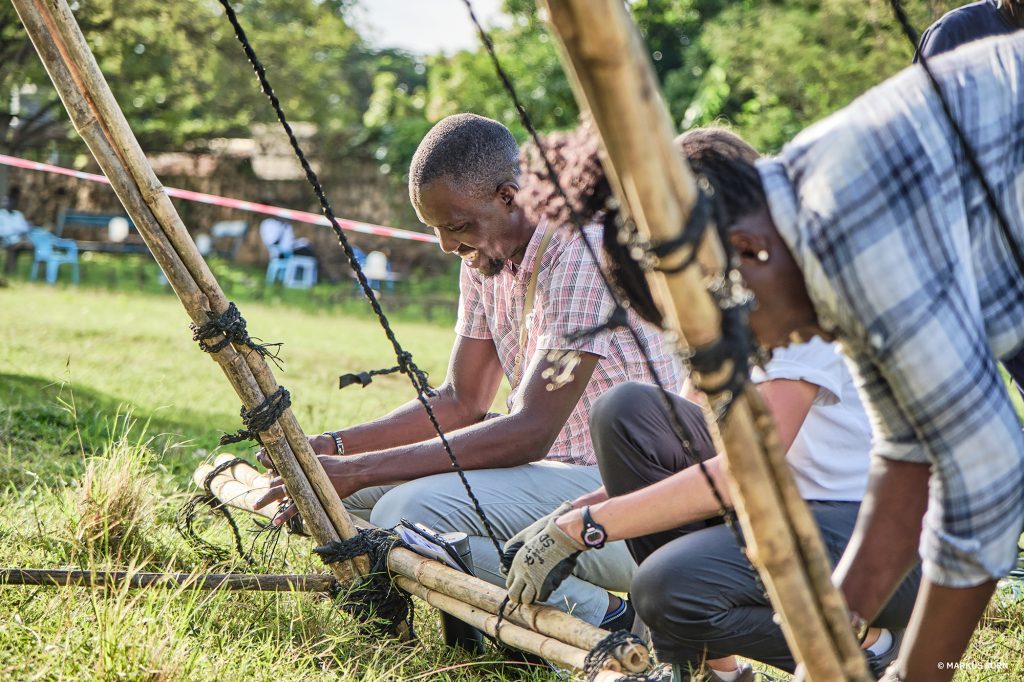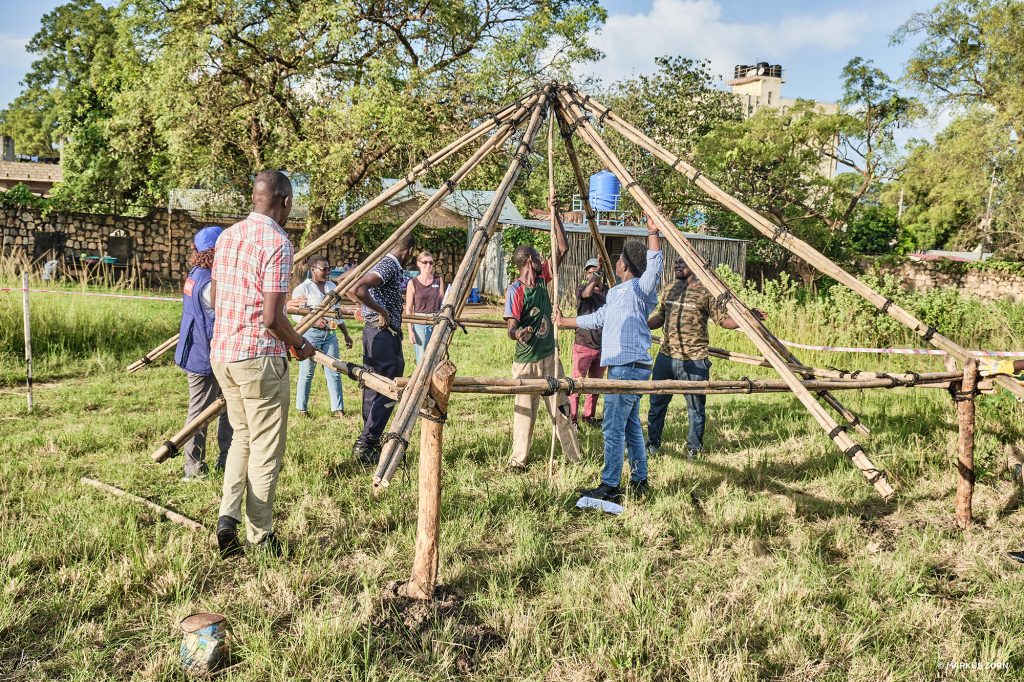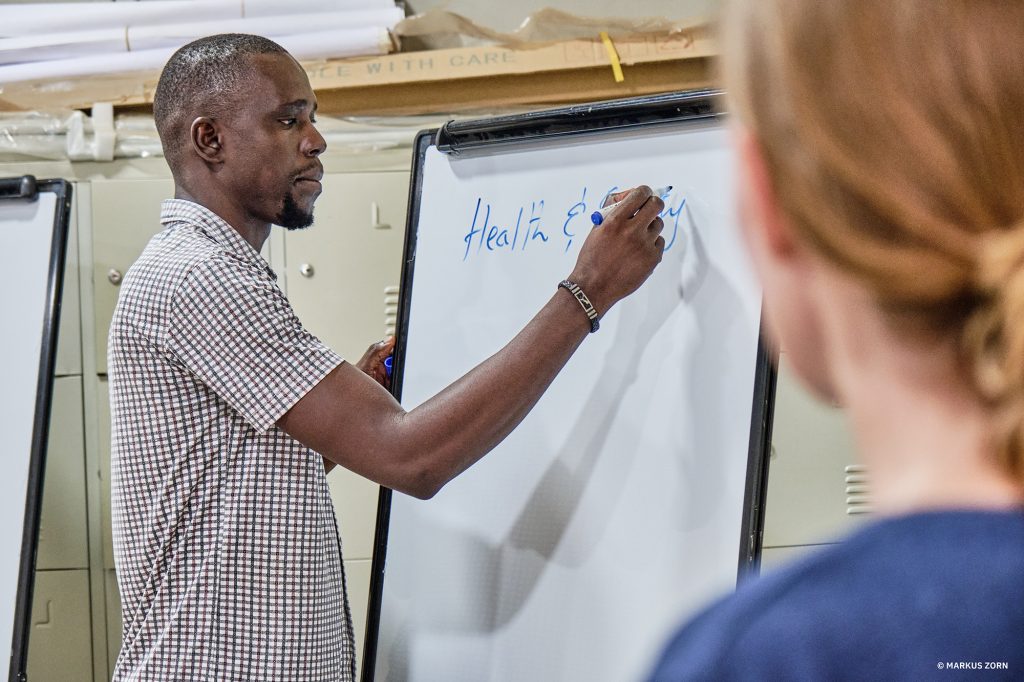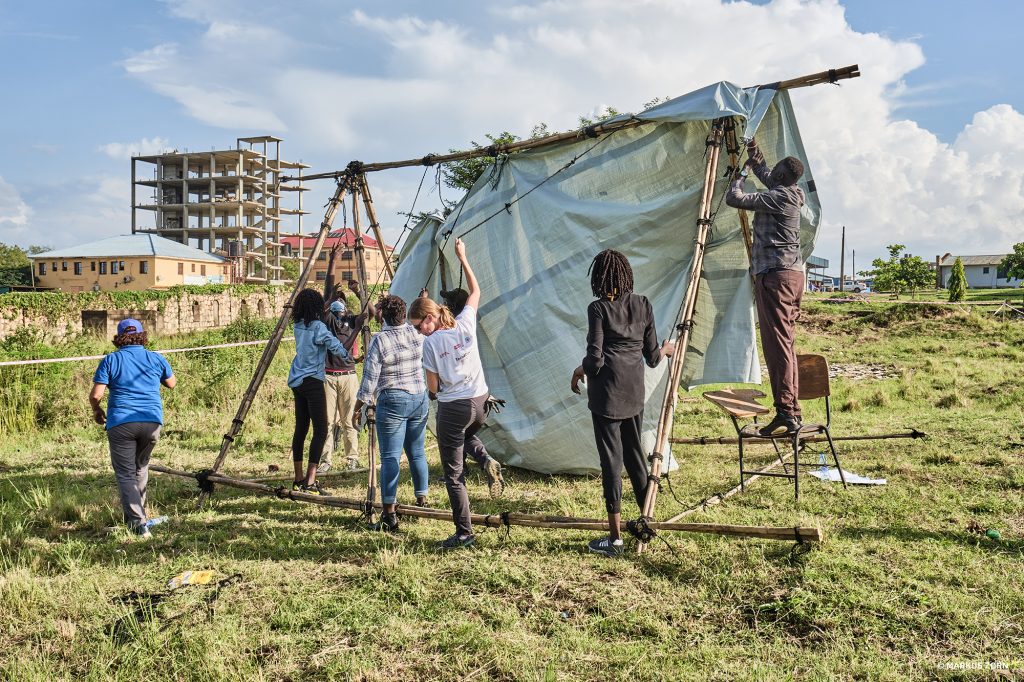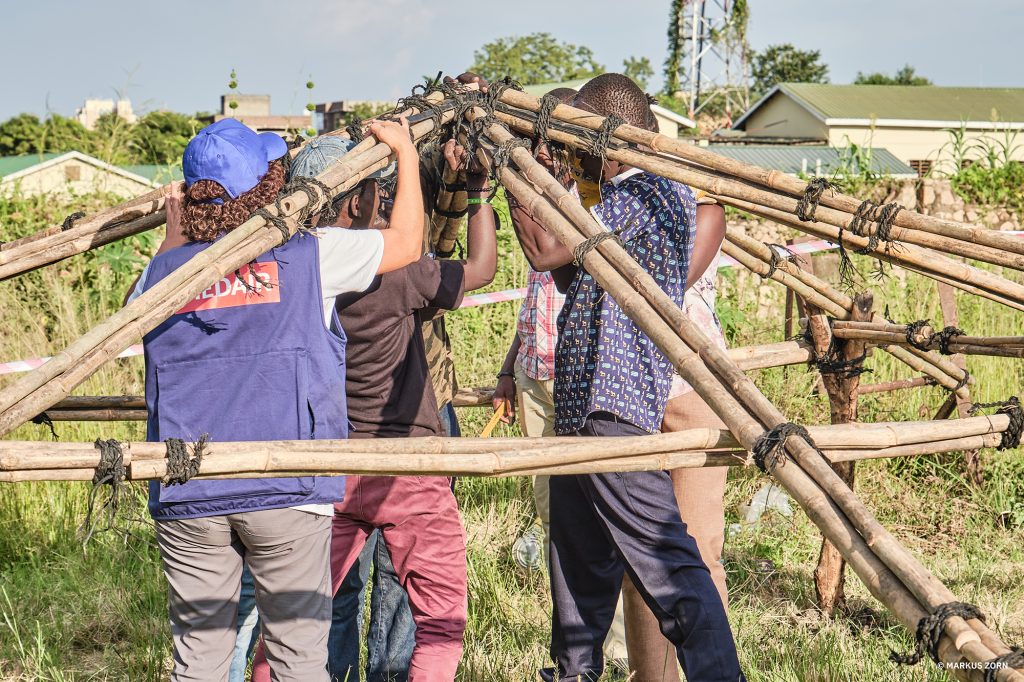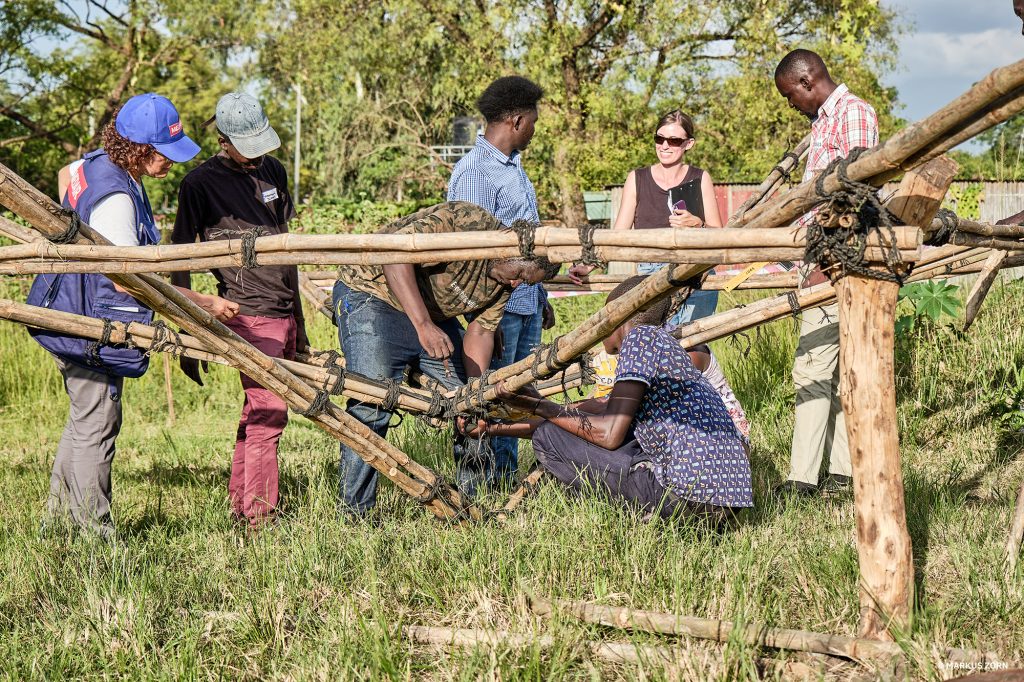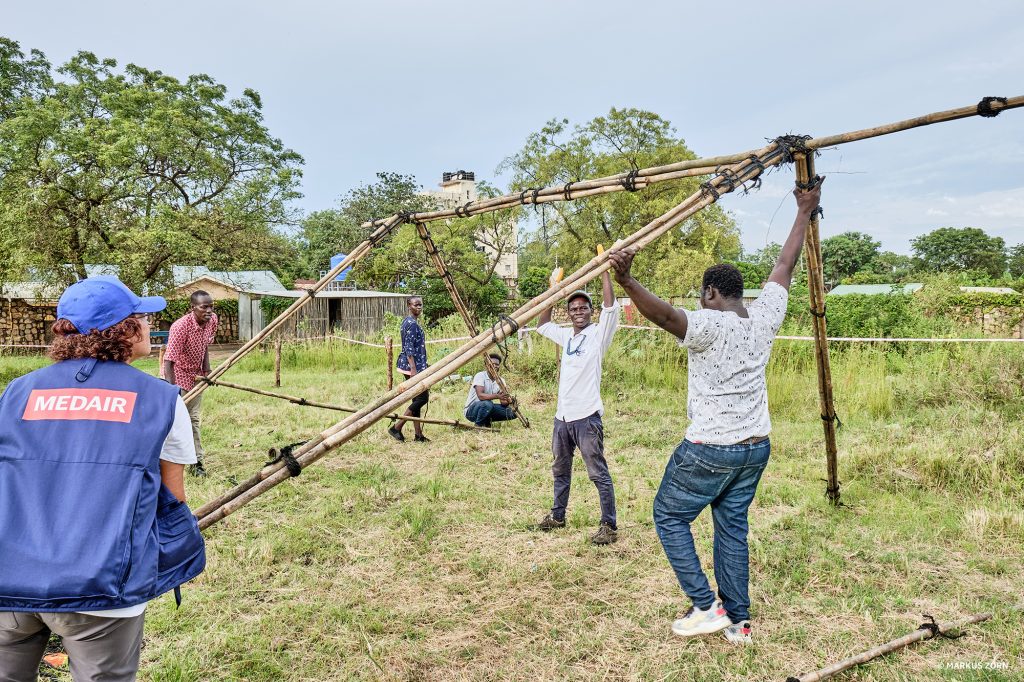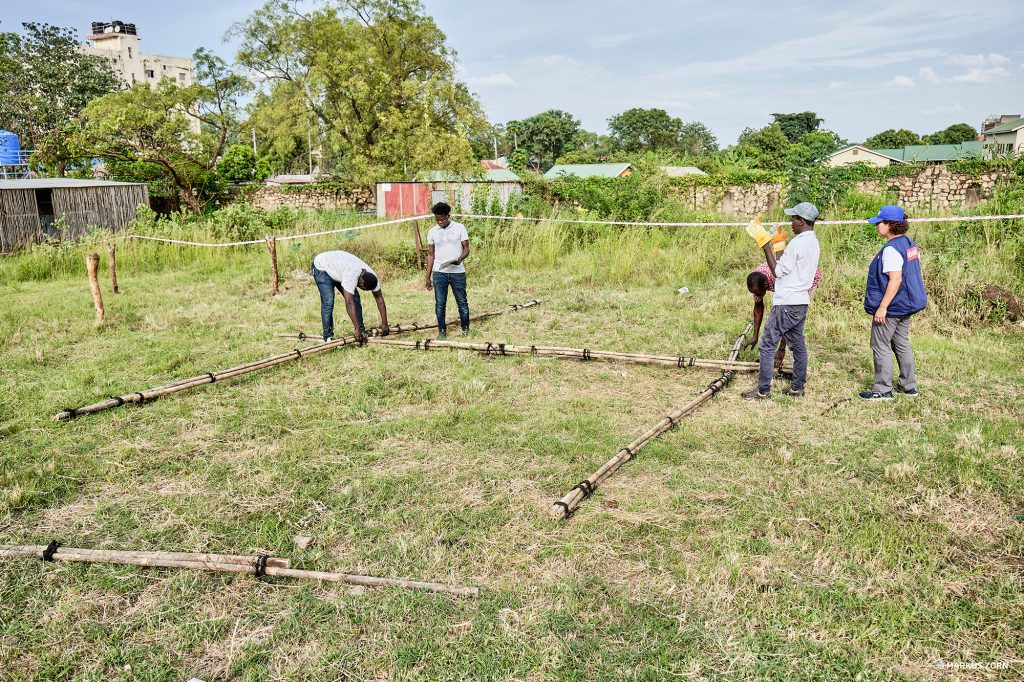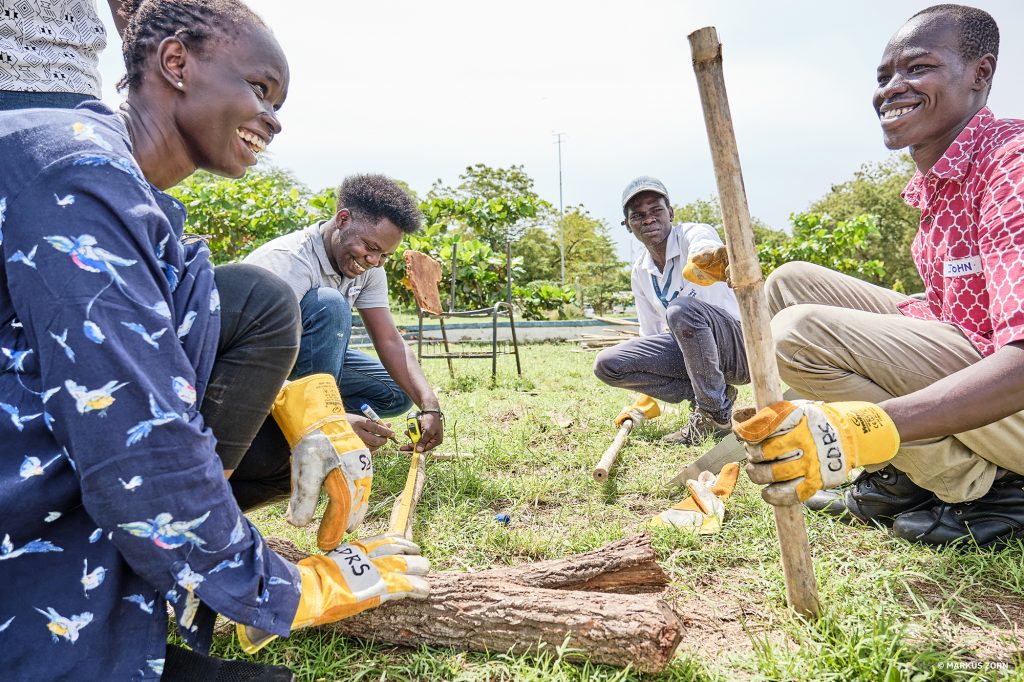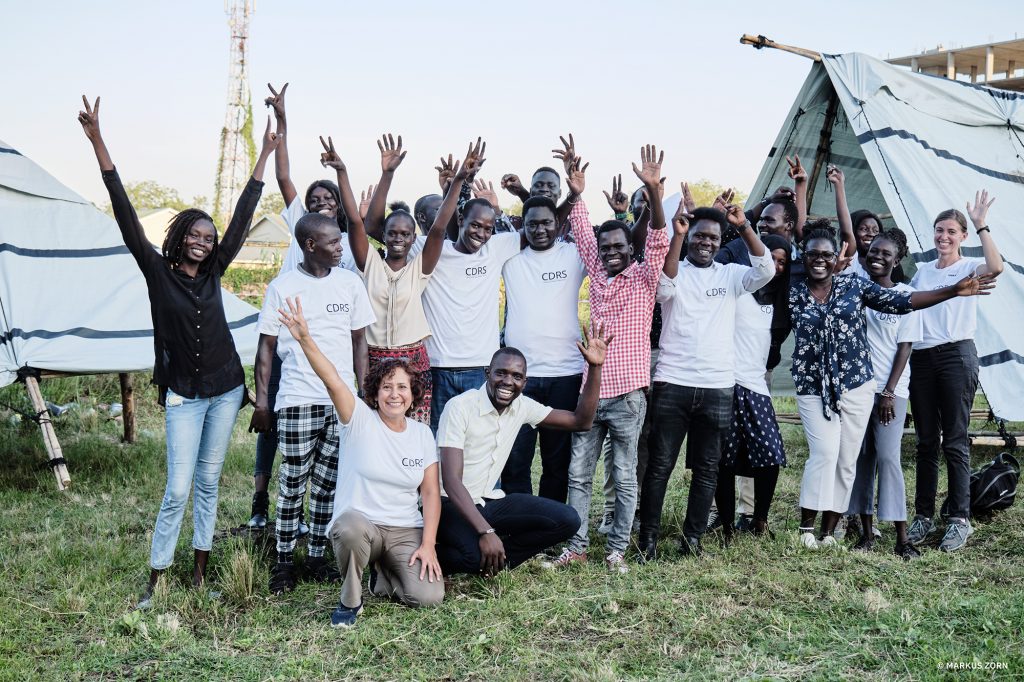resiliency improvement of rural shelters in humanitarian contexts
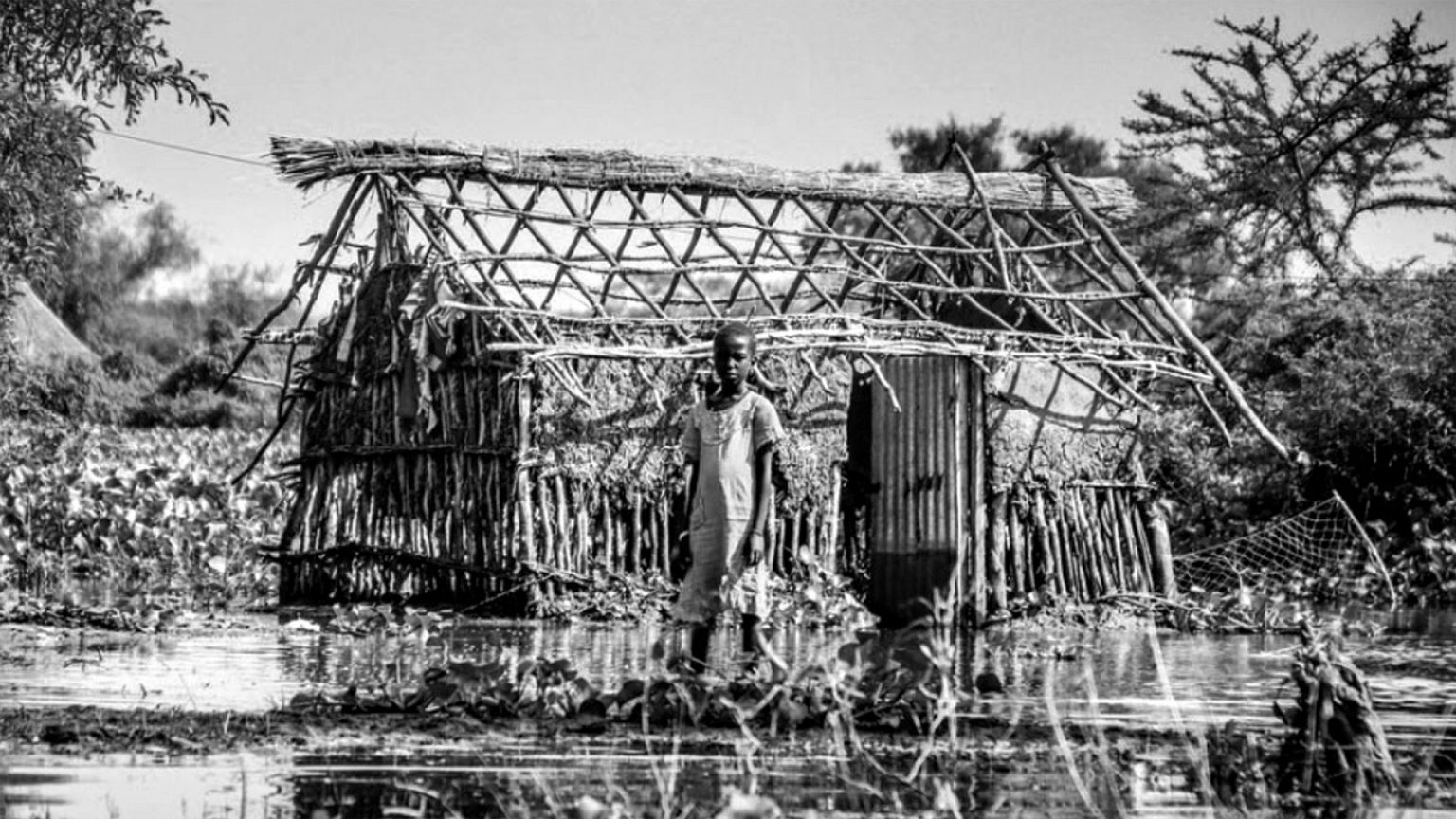
Flooding in Pibor, South Sudan (c) Medair, Diana Gorter
This project is a collaboration with MEDAIR and the University of Juba.
Work is in progress. Preliminary reports are available below.
Contact: Xavier Estrella
Please note that the publication lists from Infoscience integrated into the EPFL website, lab or people pages are frozen following the launch of the new version of platform. The owners of these pages are invited to recreate their publication list from Infoscience. For any assistance, please consult the Infoscience help or contact support.
South Sudan – Building Resources & Shelter Practices
Seasonal floods are a common and extended problem across several regions in South Sudan, causing considerable damage to houses, crops, and livelihoods. In this context, new housing and shelter solutions, besides being flood resilient, should take into account the native construction customs and locally available materials so as to better fit into the building culture in South Sudan. This report presents information about the housing construction in the country, including the building materials and skills that are available in local markets in South Sudan and the forms and functions of local housing. This information is useful for construction projects developed by NGOs, researchers, and practitioners. The methodology employed for the study comprised surveys in local markets and households, analysis of photographic records of shelters and tukuls, and consultation with on-site experts. The results provide insights into the most common construction techniques, materials, solutions, and average prices in the local markets. Besides, data was also gathered regarding cultural customs that shape the development of the shelters. Finally, although the data might be only representative of certain regions in South Sudan, it provides a comprehensive glimpse of the overall construction environment across the country.
2022-03-08
p. 31.Please note that the publication lists from Infoscience integrated into the EPFL website, lab or people pages are frozen following the launch of the new version of platform. The owners of these pages are invited to recreate their publication list from Infoscience. For any assistance, please consult the Infoscience help or contact support.
South Sudan – State-of-the-Art on Flood Resilient Shelters
One of the most observable consequences of climate change is the abrupt increment in the number and intensity of seasonal floods. This has a special impact on vulnerable communities and developing countries that experience a strong impact on their housing infrastructure, leading to the displacement of communities on a seasonal basis. As a consequence, there is an imperative need for developing flood resilient solutions for housing in flood-prone areas. Therefore, this report presents the results of a comprehensive analysis of the current literature on flood resilient solutions so as to provide the basis for further research and development on the topic. Academic and practice reports were covered, aiming at providing a wide glance over the current developments on flood-resilient housing. The main aim of the work presented in this report is to provide an extensive review of constructions solutions developed to deal with seasonal floods, as well as common materials and detailings to reach such an objective. Besides, this document aims at presenting a first general glance to researchers and practitioners before developing specific solutions for a given region, acknowledging that due to cultural and material constraints, one-fits-all proposals are not a realistic solution in humanitarian scenarios.
2022-03-08
p. 20.